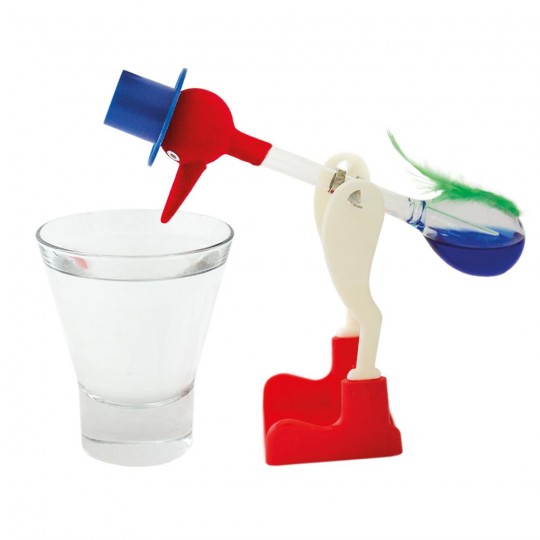The Finer Points of Heat
By 1852, Thomson had come to believe that heat could be both transformed into work, as described by Joule’s theory, and free flowing to produce no work at all, as described by Fourier’s theory. In the latter, heat was simply dissipated, but not lost in accordance with the first law. Moreover, he distinguished between high quality and low quality energy and insisted that the universal tendency for energy is to dissipate as heat, making it unavailable for work. But Thomson wasn’t the only one thinking about the finer points of heat … so was Clausius.
Continue …
